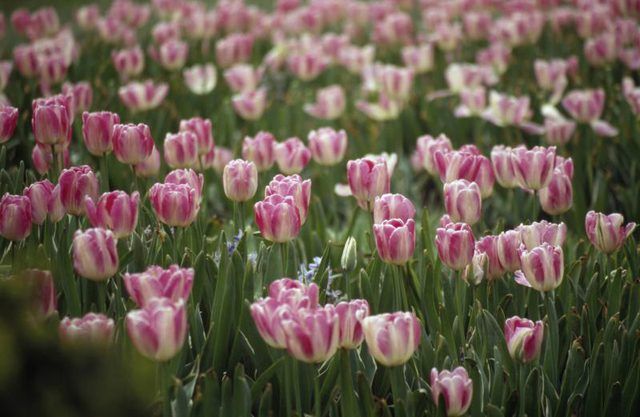Bulbs
Flower Basics
Flower Beds & Specialty Gardens
Flower Garden
Garden Furniture
Garden Gnomes
Garden Seeds
Garden Sheds
Garden Statues
Garden Tools & Supplies
Gardening Basics
Green & Organic
Groundcovers & Vines
Growing Annuals
Growing Basil
Growing Beans
Growing Berries
Growing Blueberries
Growing Cactus
Growing Corn
Growing Cotton
Growing Edibles
Growing Flowers
Growing Garlic
Growing Grapes
Growing Grass
Growing Herbs
Growing Jasmine
Growing Mint
Growing Mushrooms
Orchids
Growing Peanuts
Growing Perennials
Growing Plants
Growing Rosemary
Growing Roses
Growing Strawberries
Growing Sunflowers
Growing Thyme
Growing Tomatoes
Growing Tulips
Growing Vegetables
Herb Basics
Herb Garden
Indoor Growing
Landscaping Basics
Landscaping Patios
Landscaping Plants
Landscaping Shrubs
Landscaping Trees
Landscaping Walks & Pathways
Lawn Basics
Lawn Maintenance
Lawn Mowers
Lawn Ornaments
Lawn Planting
Lawn Tools
Outdoor Growing
Overall Landscape Planning
Pests, Weeds & Problems
Plant Basics
Rock Garden
Rose Garden
Shrubs
Soil
Specialty Gardens
Trees
Vegetable Garden
Yard Maintenance
How to Dig Up Tulip Bulbs
How to Dig Up Tulip Bulbs. Tulips (Tulipa spp.) bring their brilliantly colored blossoms to gardens in spring and are perennial throughout U.S. Department of Agriculture plant hardiness zones 3 through 8. When they're left in the ground all year and exposed to warm summer temperatures, most tulip varieties gradually stop reflowering. Encourage...

Tulips (Tulipa spp.) bring their brilliantly colored blossoms to gardens in spring and are perennial throughout U.S. Department of Agriculture plant hardiness zones 3 through 8. When they're left in the ground all year and exposed to warm summer temperatures, most tulip varieties gradually stop reflowering. Encourage repeat blooming every year by digging up, cleaning and storing tulip bulbs after they have bloomed. Lifting the bulbs out of the soil also reduces their risk of pests and rotting.
Wait for the Right Time
Monitor tulip plants carefully to determine when they're ready to be dug up. For the best results, wait until all of the leaves and stems on the plants have died. If you're impatient, then begin lifting the bulbs after their foliage has turned yellow, which generally occurs about six weeks after the plants bloom. The longer you wait, the longer the plants have time to store energy in their bulbs, which increases their health the following year.
Remove the Bulbs Carefully
Tulip bulbs are easiest to dig up when their soil is as dry as possible. Use two handheld garden spades. Push them into the ground about 1 foot away from both sides of a tulip plant. Wiggle the spades back and forth to loosen the soil and root clump, and lift the entire tulip bulb out of the ground. Do this slowly and carefully, and avoid cutting a bulb with the spades.
Clean the Bulbs
Once the bulbs have been dug out of a flowerbed, rinse each bulb thoroughly under running water to remove all clumps of soil. Inspect each bulb, and throw away all bulbs that are damaged or rotting, or that feel soft to the touch. Damaged bulbs will not grow next year.
Place the reusable bulbs in a dry, shaded spot with lots of air circulation, and allow them to dry. Dust the dry bulbs with a light coating of bulb fungicide. Fungicide for storing bulbs, such as sulfur powder, is available from most garden stores and protects bulbs from diseases.
Store the Bulbs
Place the tulip bulbs in net or mesh bags, using one bulb per bag, and keep the bags in a dry, dark and cool location with good air circulation. Alternatively, fill a shoebox or similar box halfway to its top with dry sand, arrange the bulbs on the sand and then fill the rest of the box with more dry sand.
The most important factor is to keep the bulbs dry and cool. The optimal temperature for bulb storage is 60 to 65 degrees Fahrenheit. Any temperature below 50 or above 70 F jeopardizes bulbs' longevity.